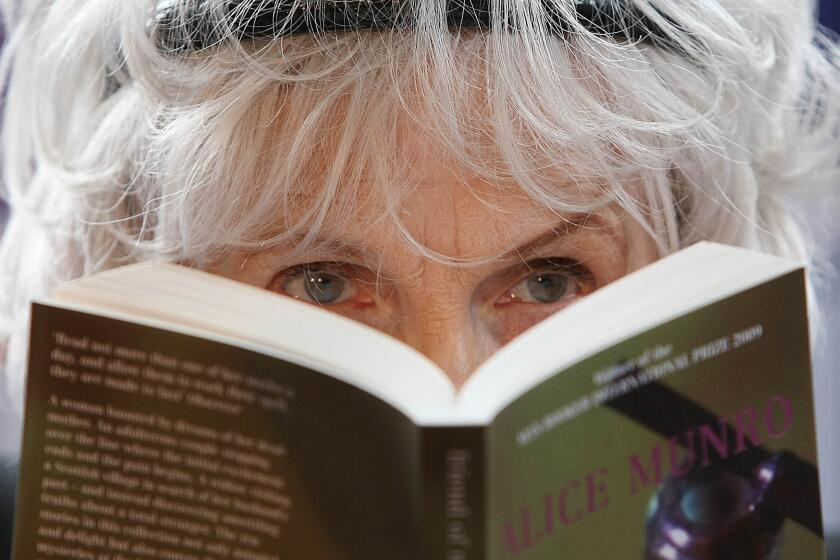Sharing Gifts of Food for Christmas, by the Book : 1988’s Holiday Volumes Address Topics From Cookies to Environmental Toxins
Cholesterol and Children by Robert E. Kowalski (Harper and Row: $16.95, hardcover, 302 pp.)
To the layman’s eye this book appears to be a comprehensive guide to monitoring a child’s risk for heart disease. After all, the author suffered a heart attack himself at age 35, is the author of another successful book on the ills of a high-cholesterol diet and is the parent of a son who at the age 7 1/2 had an elevated cholesterol count.
But its across-the-board recommendations for all children are questionable, particularly since scientists have not yet made such suggestions. The two most outstanding examples are Kowalksi’s advice that parents restrict dietary fat to 20% to 25% of a child’s total daily calories and that all children, regardless of family history, have their cholesterol levels tested.
There is no clinical data to support either of these suggestions. In fact, the American Academy of Pediatrics has held steadfastly to what it considers a safe dietary fat “range” for children of 30% to 40% claiming that children need the extra calories to grow.
Kowalski further theorizes that resistance to routine screening for all children, not just those from families with previous heart disease or elevated cholesterol levels, is primarily based on economics.
“The reasoning is based solely on money,” Kowalski said in the book, adding, “Yes, it would cost some money to determine which children are most likely to develop coronary heart disease as adults. . . . But unless we test those kids, we’ll never know who is at risk and who is not.”
The American Academy of Pediatrics however, has still refused to support widespread testing of children because of inadequate testing procedures that might give a falsely high reading and set the child on an unwarranted restricted diet.
Keeping these issues in mind, the book is an otherwise reliable source of information, providing substantial research data to support its claims. It could be used by parents interested in getting an introduction to the issue of cholesterol and children, but should by no means be used as a prescription to treat the problem. Its accompanying recipes were developed with a child’s taste buds in mind. And there are chapters on exercise, stress, vegetarianism and oat bran.
More to Read
Sign up for our Book Club newsletter
Get the latest news, events and more from the Los Angeles Times Book Club, and help us get L.A. reading and talking.
You may occasionally receive promotional content from the Los Angeles Times.






